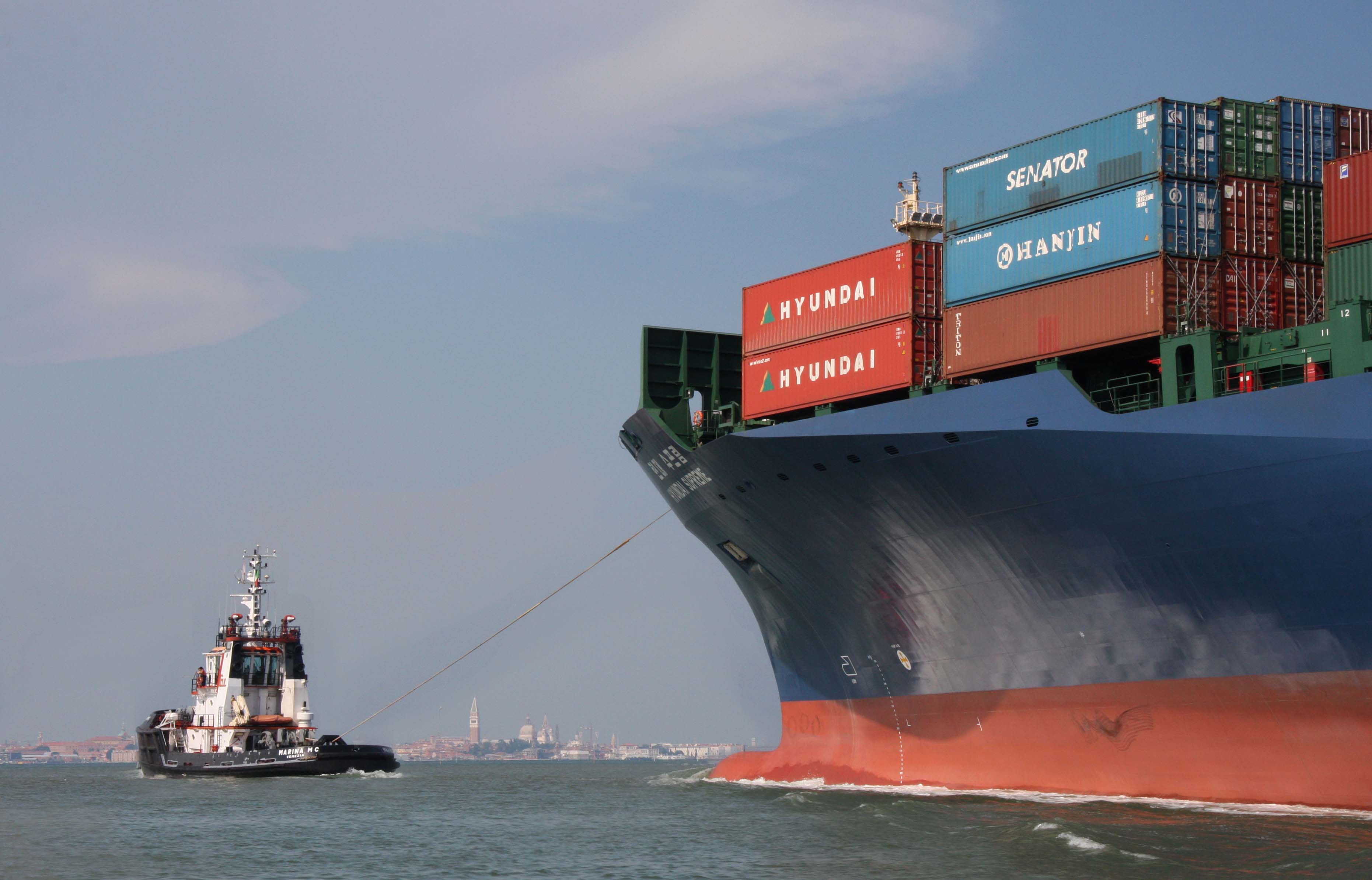27 Aug 2018
Read our article on Innovation + magazine

The port of the future will be increasingly integrated into the city in which it is located as well as the wider system of trade and transportation. A port’s relationships with citizens, urban and transport infrastructure, and other ports in the area, should be symbiotic and characterised by the mutually beneficial exchange of resources, knowledge and expertise. In order to achieve this vision and innovate around key issues such as efficiency, access, the environment and security, we therefore need to consider not just one port in isolation but the entire port ecosystem. We must work together to share best practices and achieve a stronger voice on the international stage.
The Venetian port system is recognised as crucial by the EU for the movement of goods and people. It lies at the centre of two strategic corridors of the Trans-European Transport Network (TEN-T), the Baltic-Adriatic Corridor and the Mediterranean Corridor. In this context, we are working to create an ever-closer synergy between the ports of Venice and Chioggia. The aim is to improve access and interconnections, as well as increase the competitiveness of the area’s entire port system.
This involves developing the multi-purpose potential of the Port of Venice, enhancing infrastructure and the efficiency of intermodal transport of freight and passengers. We are also developing the potential of the Port of Chioggia for river connections. At the operational level, we are implementing various projects to improve the "port from the sea", i.e. access for ships and boats, and the "port from the land", i.e. the surrounding road, rail and river infrastructure.
Working together means listening to stakeholders and building consensus. Only then do the best suggestions rise to the surface and translate into useful projects at the local, national and international levels. Ever-closer collaboration between the North Adriatic ports led to the formation of the North Adriatic Ports Association (NAPA) in 2010. Comprising the ports of Koper, Rijeka, Trieste, Venice and Ravenna, the strategic alliance aims to harmonise organisational aspects and improve information sharing in order to attract more shipping to the area.
The environment is a clear example of our need for collaboration. We are constantly exploring innovative technologies to reduce atmospheric pollutants, build new facilities and manage existing ones. Our Environmental Management System includes commitments to developing a sustainable supply chain, reducing waste and pollution, and maintaining infrastructure with the lowest possible environmental impact. Shipping companies operating in the Venice lagoon comply with the Blue Flag voluntary agreement to use low-sulphur fuel. Our plans to create a coastal LNG warehouse and a means for gas distribution and bunkering will help to support all shipping lines wishing to use LNG as a low-impact fuel for shipping.

Through constant collaboration with other public and private players, we are lucky to have access to many innovative projects at the cutting edge of research and technology. We regularly seek assistance from experts during the certification and consultancy phases of a project, when specific expertise is required on issues such as industrial risk, protection of sensitive sites and security. Security in particular is an area in which we work closely with experts as well as port authorities and the border police. New technologies are helping us to improving access control and video surveillance, but we must also consider the growing issue of cybersecurity. Over the years we have collaborated successfully with RINA in several areas, in particular risk management for major accidents and updating our Port Security Assessment following changes in EU regulations.
It is probably clear by now that one of my main aims as President of the North Adriatic Sea Port Authority is to increase collaboration with other port authorities worldwide, sharing information and best practices. Since taking office, I have been clearly focused on the need to put the North Adriatic Sea Port Authority back at the centre of the international debate over trade and infrastructure. In addition to boosting cooperation at the local level through NAPA, and at the regional level through our participation in the MedPorts Association, we play an active role within EU institutions.
Helping to facilitate the development of the ports of the North Adriatic is a continuous and exciting challenge that fills me with pride as a professional and as a Venetian. With the close cooperation of colleagues, experts and other public and private stakeholders, we can together work towards a shared vision of the port of the future.


